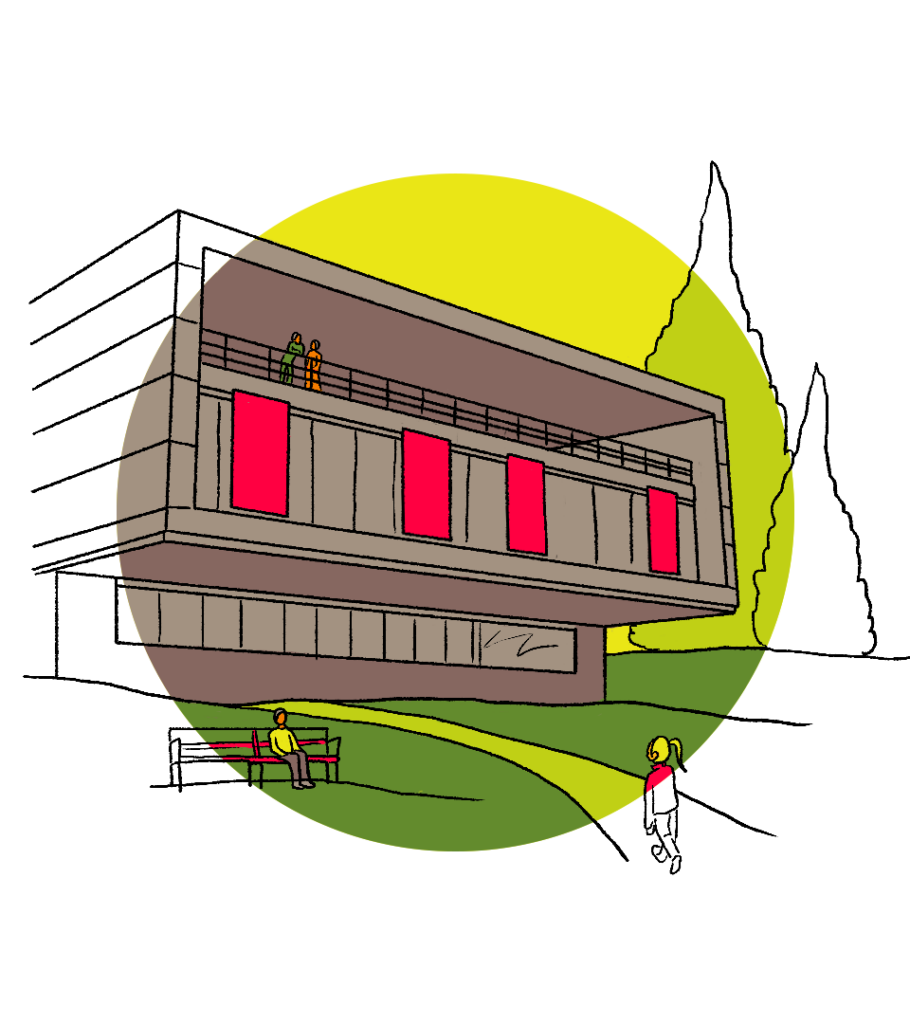The world’s first orange bond benefited creative businesses across Colombia. But the pandemic shows that there is an urgent need to keep innovating to provide financial solutions equal to the task of supporting this vital sector.
One of the major challenges since the United Nations launched the Sustainable Development Goals (SDGs) is how to fund them – a task that has not been easy. Global stock exchanges have generated different mechanisms for sustainable financing over the last decade, one of them being thematic or labelled bonds, also known as SDG bonds. Thematic bonds include, among others, green, social, sustainability-linked, blue, transition, Covid and orange bonds.
Thematic bonds are very similar to standard bonds: they are a traditional debt instrument of similar credit profile, but their proceeds are used to contribute directly and exclusively to the labelled bond’s purposes.
These bonds have sparked a revolution in the approach to understanding and grounding the sustainability, purpose and potential of sustainable investments to achieve a positive impact.
Recognising the challenges posed by sustainable finance, at Deloitte we began a process of financial learning and development of several of these mechanisms. In 2018, as we were engaged in this task, we came across a Bancóldex (Banco de Comercio Exterior de Colombia) and IDB (Inter-American Development Bank) initiative aimed at expanding the experience of the then better-known labelled bonds (green and social) to the creative and cultural industry, or orange economy. The government of Colombia had commissioned Bancóldex to create financial mechanisms for creative sector projects by means of instruments and vehicles that, together with the Integral Policy of the Creative Economy, known as the Orange Economy Policy, promoted the growth of businesses in the orange economy .
According to the IDB’s book The Orange Economy: An Infinite Opportunity, the orange universe has two parts:
- The cultural economy and the creative industries, and, at their point of intersection, the conventional cultural industries.
- The areas that support creativity.
From a different perspective, the cultural industries are divided into three categories:
- Traditional cultural industries.
- Functional creations, new media and software.
- Arts and heritage.
Together with Bancóldex, we identified several key issues to consider to promote growth in this part of the economy. I will refer to them from an opportunity perspective, but no doubt they represent the biggest challenges for this sector:
- Improving management skills, including the understanding of business models, financial management and governance.
- Ensuring that guarantee schemes developed by commercial banks reduce entry barriers to these kinds of creative activities, given that guarantees are typically designed on tangible material assets and not on future creations difficult to monetise or quantify in economic terms.
- Overcoming the reluctance of commercial banks, unused to quantifying risks for this type of economy, to provide financing.
- Finding credit instruments or risk capital financing for these initiatives, understanding that most orange economy businesses are startups, early-stage companies or simply a project or idea. And even if many are expected to be profitable, at times they represent a higher risk.
Bancóldex was the first bank in the world to issue an orange bond. The bond was 2.9 times oversubscribed, and attracted 322 investors, 62% (201) of which were allocated bonds.
Two years after the issuance, the results show that:
- Disbursements have been made in 100% of Colombia’s 32 departments.
- 47% have financed big company projects, 26% medium-sized, 21% small and 6% microbusinesses.
- 52% funded arts and heritage projects, 42% went to cultural industries and 6% to functional creations.
- 69% of resources were allocated to working capital and 31% to business modernisation.
It is precisely the challenges faced during the pandemic that have led the creative and cultural industries to look for new formats and models to continue pursuing their activities and businesses
In addition to the challenge of delivering on the SDG agenda, there is an urgent need to keep providing solutions to support the economic recovery from the Covid-19 pandemic.
The orange economy is not immune to this context. It is precisely the challenges faced during the pandemic that have led the creative and cultural industries to look for new formats and models to continue pursuing their activities and businesses. This search has opened the door for alternative business models and innovative financing schemes, which are vital to support the sector’s recovery.
Although some countries in the world, such as the UK, France, Italy, the US and Germany, have allocated rescue funds for the creative and cultural industries and introduced tax payment delays or social security contributions for the sector’s workers, this has not been the norm elsewhere. Mobilising capital for the sector responds to the urgent need for action to:
- Overcome the sector’s exclusion due to its fluctuating income.
- Design and implement new financing mechanisms.
- Build on previous successful experiences with orange bonds.
Nobel laureate economist Amartya Sen says, ‘Because creative freedom lies at the centre of human development policies… in one form or another, culture engulfs our lives, our desires, our frustrations, our ambitions and the freedoms that we seek. The freedom and opportunity for cultural activities are among the basic freedoms, the enhancement of which can be seen to be constitutive of development.’ Given the centrality of its role, the creative sector urgently needs to find the will, interest and ability to evolve.
I would like to end with one question: How can we contribute to creating an orange economy fund that is powered by different finance mechanisms and represents an integrated, consistent and coherent vehicle to encourage partnerships, provide funding, no doubt, and result in development and impact?








